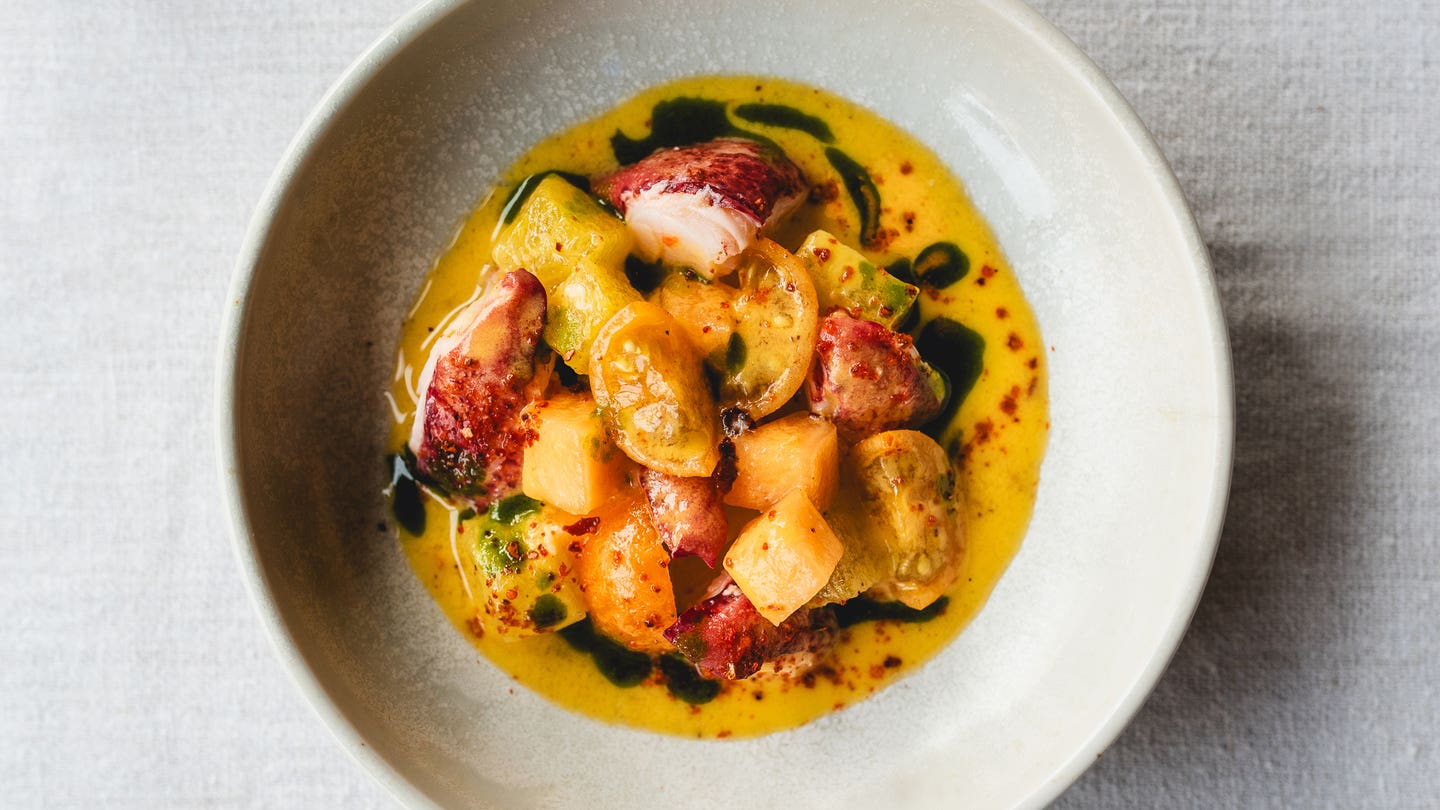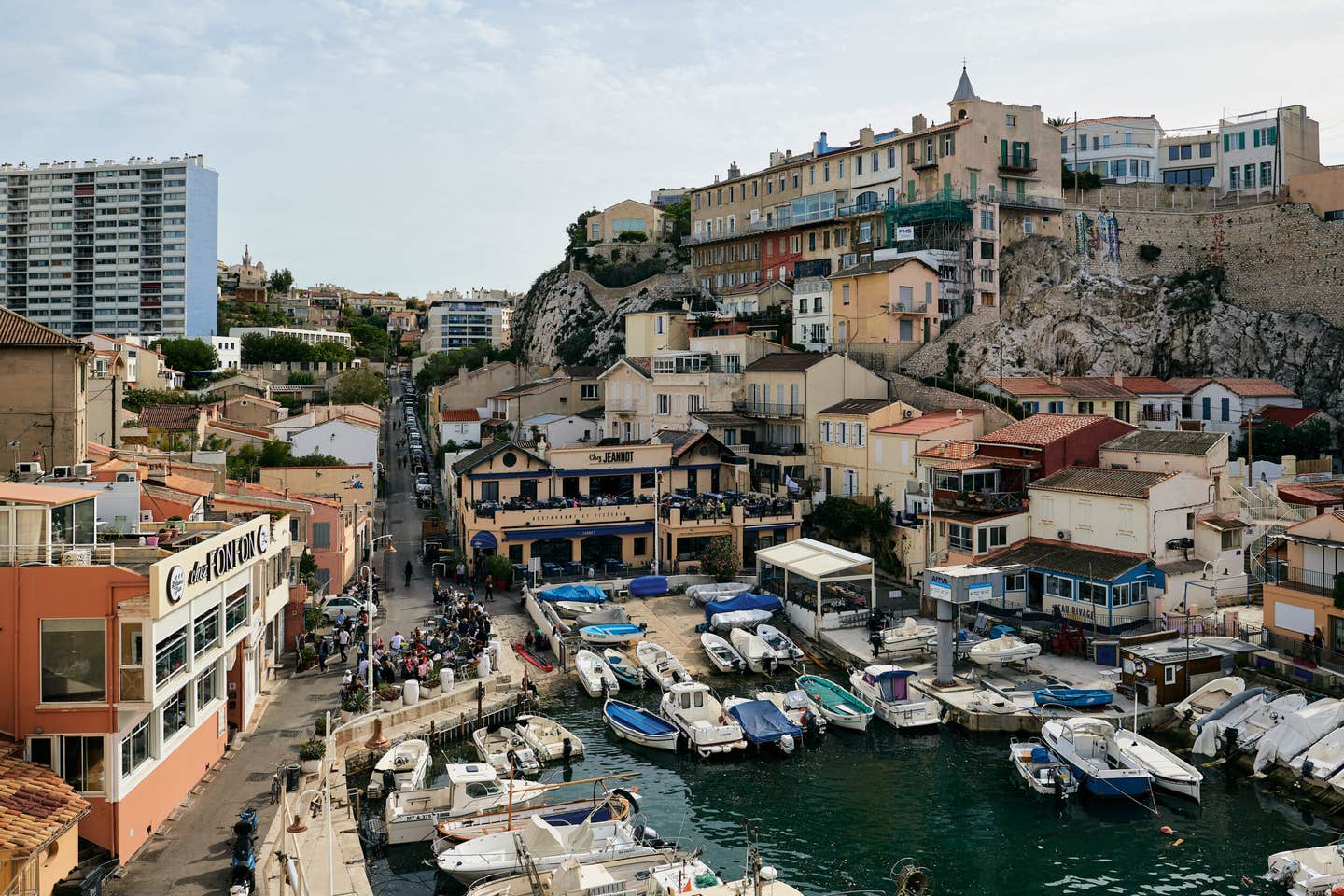
Where to Eat, Stay, and Shop in Marseille
For the owner of beloved food shop and restaurant Épicerie l’Idéal, France’s second largest city is about much more than bouillabaisse.
Marseille: It’s east and it’s west, a city with awe-inspiring force shrouded in mystery. It’s hard to pin down. It must be teased out, won over through discovery. And then suddenly, it’s yours! When you arrive in Marseille from the airport highway, the tracking shot is spectacular. The sea. The islands in the distance. The buildings straight ahead. And the long footbridge crossing that’s like an artery into the city.
Marseille feels cinematic. The air is sweet even when the cold mistral wind is blowing. You slow down. There’s no rush. La Bonne Mère—the emblematic cathedral towering above the city—watches over you. The fishmonger is calling out the catch of the day. Suddenly you’re hungry, but there’s so much to choose from. Honey beignets on rue d’Aubagne. A “moitié-moitié” pizza. A Friday aïoli. Coffee with an orange-blossom navette. A table in full sun.
Gazing out over the jetties—that’s how I fell in love with Marseille, and knew I never wanted to leave. I was a food writer when I opened Épicerie L’Idéal, a delicatessen akin to Ali Baba’s cave where you can have a sit-down meal, sampling what’s in season, and all sorts of culinary treasures. A thousand products from Provence, Italy, the Mediterranean, and every corner of France. Harissa, candied lemon slices, fillets of Sicilian tuna in oil, Breton gomasio, pesto with pistachios and almonds, Italian coffee, Banyuls vinegar ... My store had to be in Noailles, the Arab neighborhood in the heart of Marseille that constantly reminds me of my Sicilian and Tunisian ancestry.
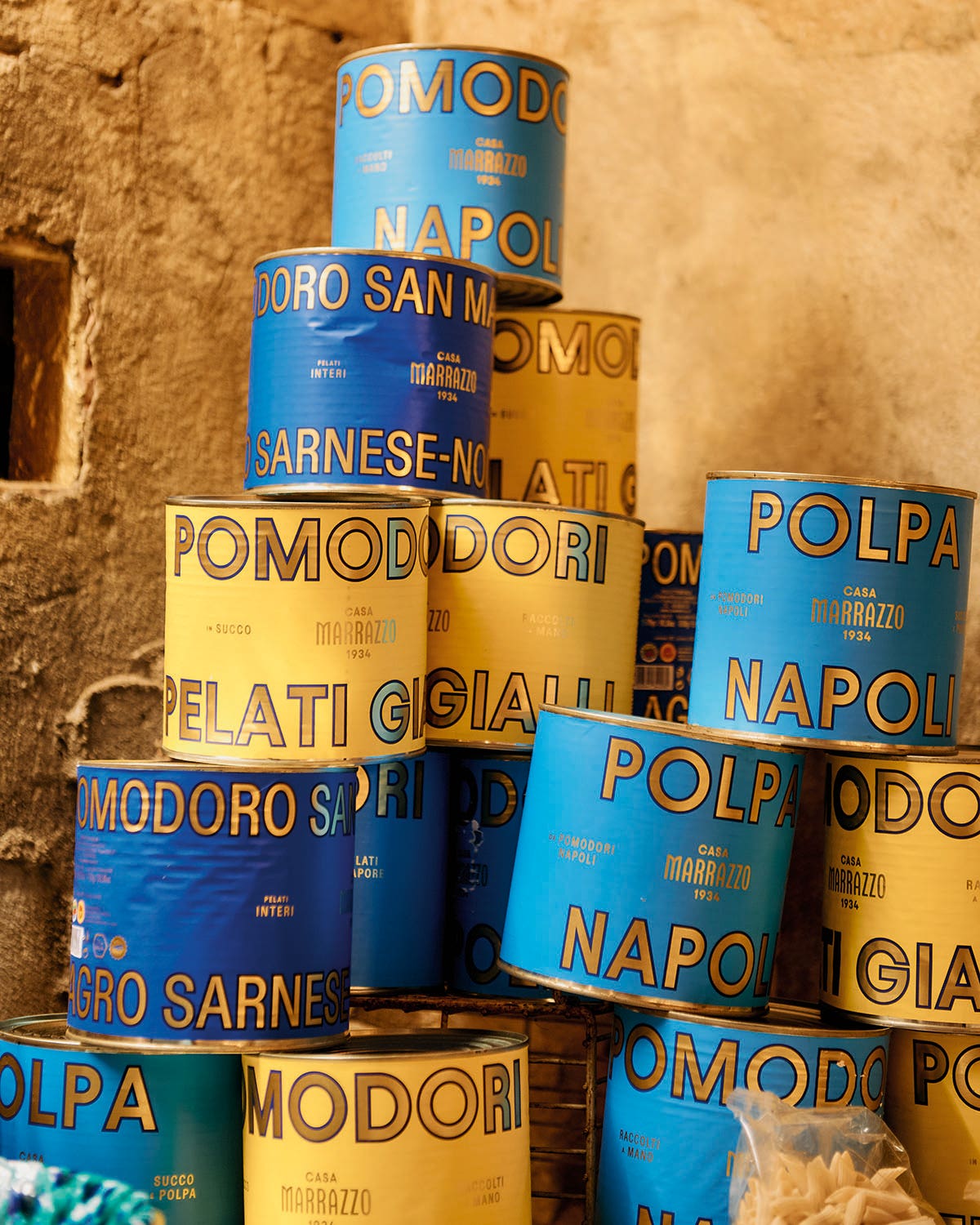
Marseille has the wind at its back. The new culinary wave began about 10 years ago, going beyond bouillabaisse and pieds paquets (stewed lamb’s feet and tripe). And it hasn’t abated. More and more chefs are flocking to the Phocaean city to express themselves, and they’re bringing natural wines, spicy food, and unorthodox ingredients, all against the backdrop of the breathtaking sea view. —J.S.
Where to Eat
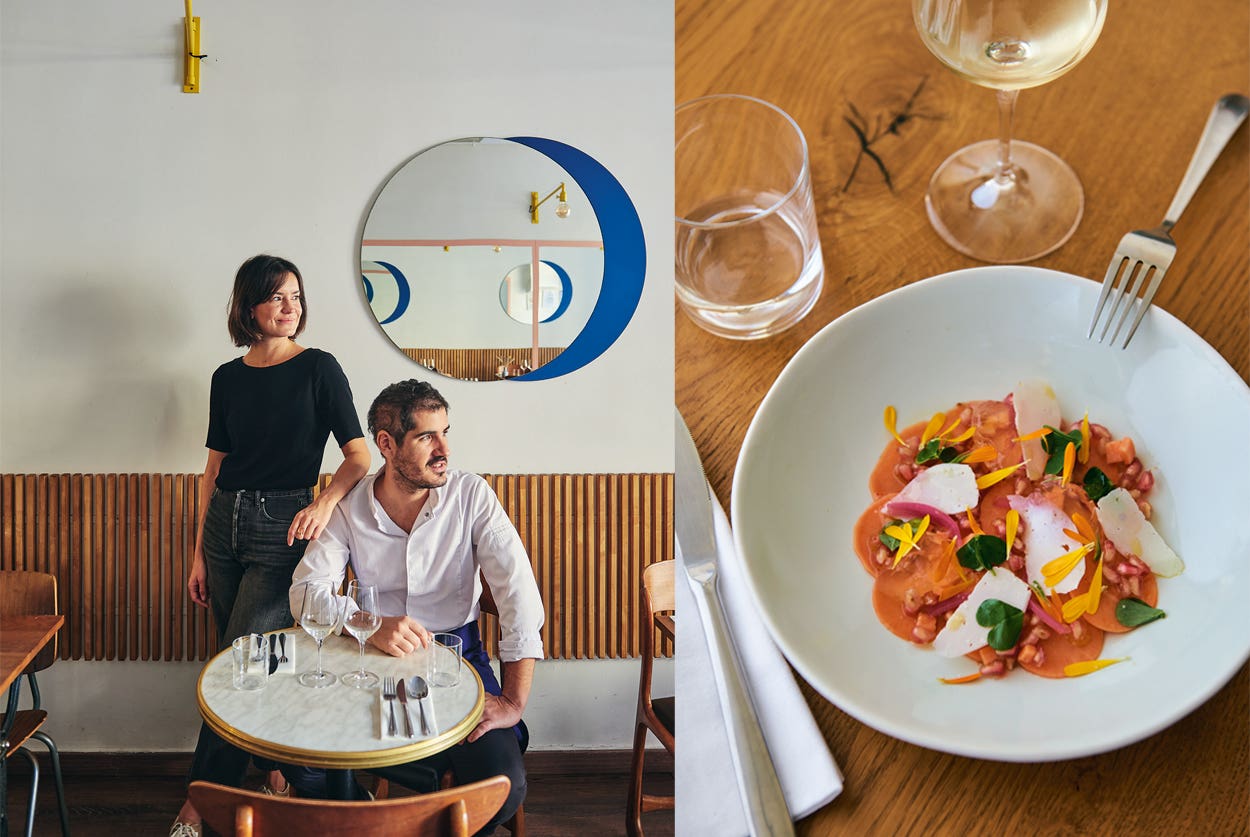
72 rue Paix Marcel Paul,
04 91 73 21 53
Here’s Matthieu Roche’s hideaway. The thrilling chef of this pocket restaurant casually rolls out a new menu each night, a gastronomic symphony in perfect harmony over five courses. I won’t soon forget his cooking à la nage, the frothy broths with mushrooms, cream, and raw fish. He cooks like it’s in his blood.
6 rue des Catalans,
04 91 52 64 22
Look no further for bouillabaisse, the signature Marseille dish that turns the most beautiful local fish into a soup. This is the place to eat it, on a white tablecloth and served with panache, the fresh seafood presented to the table by a server in a suit and bow tie. You can also opt for the bourride, a more rustic fish stew thickened with aïoli.
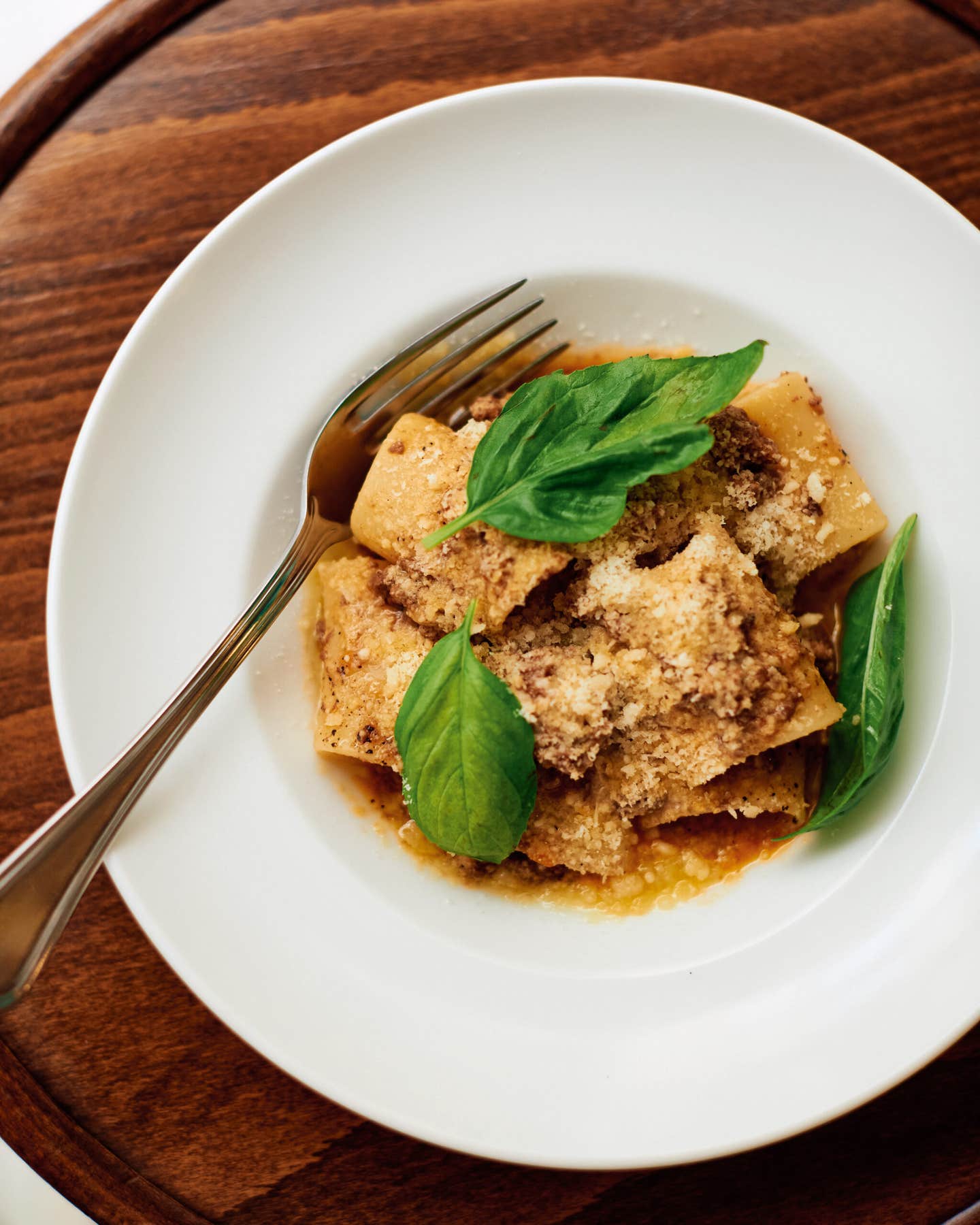
3 rue Venture,
07 65 80 37 37
Here we have a just-opened “small Italian bistro” with a terrace that takes up half the street. A thoughtful menu is written on a chalkboard and presented in a trattoria-like room. Try the vitello tonnato, puntarelle and anchovies, squid-ink pacchieri, or Roman-style tripe. And don’t miss the chocolate and olive oil ganache with your coffee.
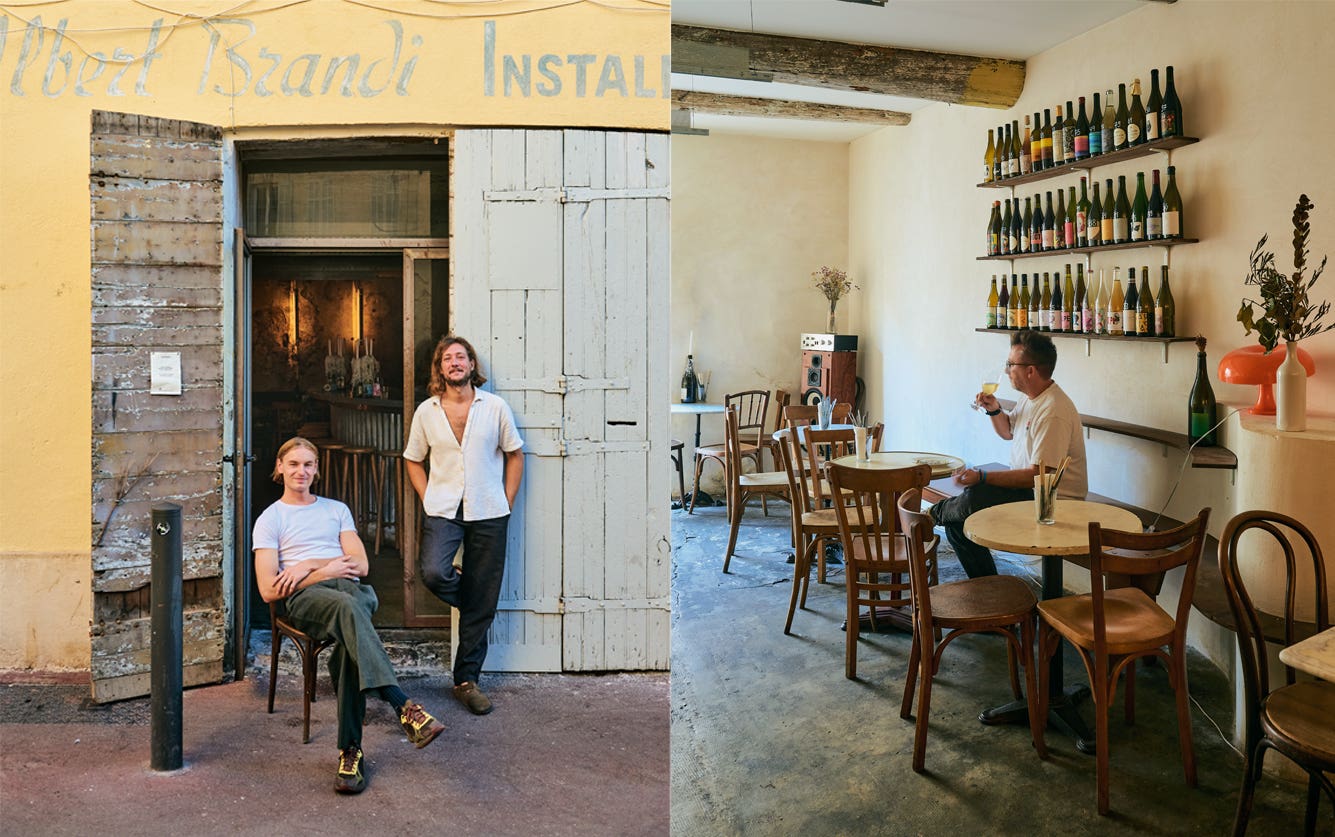
This is the wine bar we’ve been dreaming of in Marseille. Unconventional and extremely stylish, Max works the bar’s small kitchen while Nikolaj pours natural wines. Try the smoked fish, roasted beets, or the yogurt and buckwheat, and pair them with an excellent gewürztraminer, riesling, or New Zealand pinot noir.
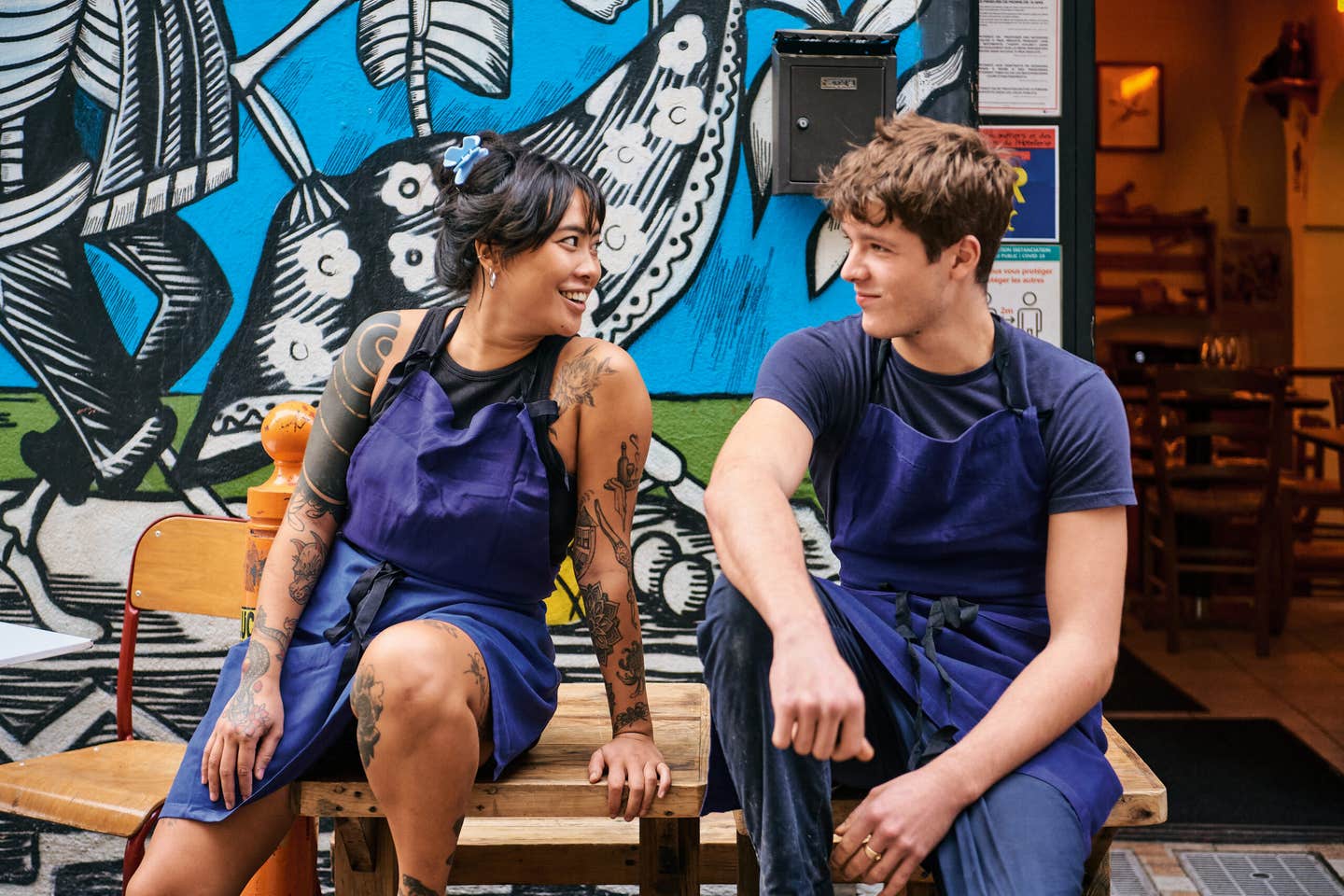
5 rue Crudère,
04 96 10 00 00
Meet the wunderkind of Marseille. These punchy plates are served alongside natural wines beneath the graffitied walls of Cours Julien. I can still taste the ’nduja and stracciatella pizzetta, the fried pig’s feet with tom yum and lime. And, of course, the strawberry and pepper donuts!
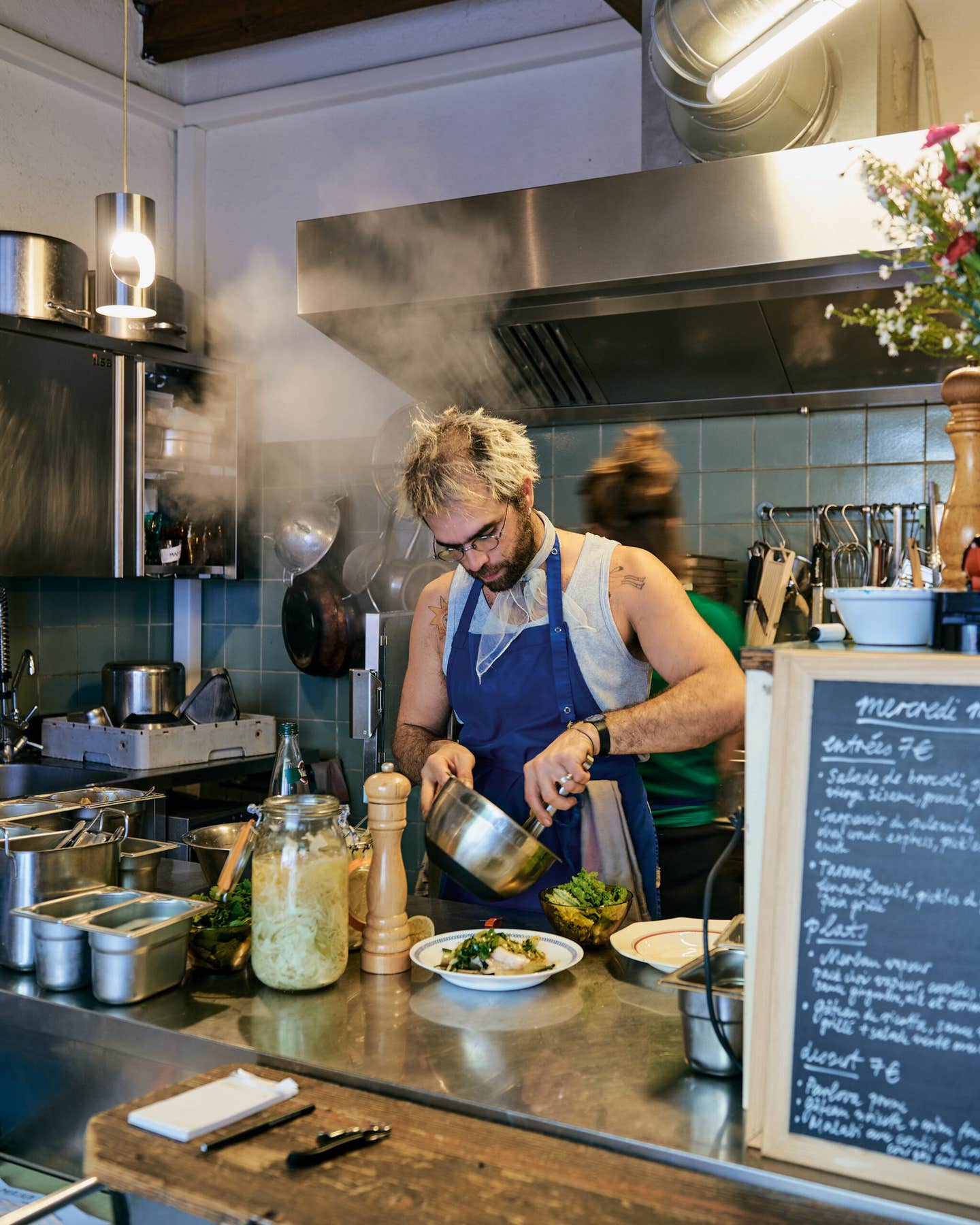
41 rue Estelle,
07 86 30 23 16
Lili Gadola opened her poetic restaurant, reminiscent of a little house, beside the famous colorful stairs of Cours Julien. The menu is all vegetarian and pescatarian food because that’s how Lili likes to eat. Note that there are always crazy-good desserts like the red fruit pavlova or the chocolate mousse cake.
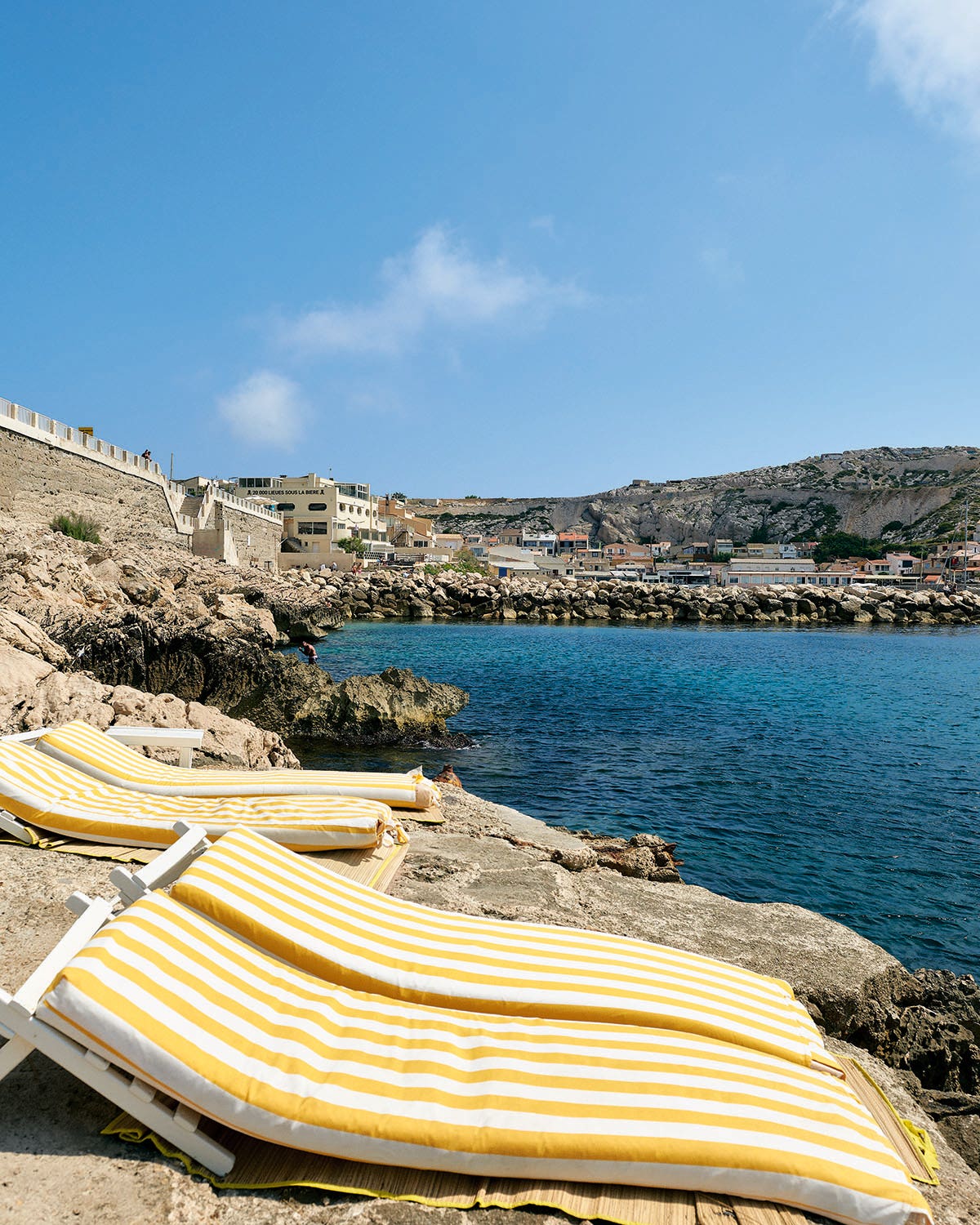
2 boulevard Alexandre Delabre,
04 91 25 13 16
Take a short boat ride to reach the Old Port in Les Goudes, and you’re at the end of the world. Perched on the rocks like the Italian coast, you’ll find a converted white cabanon designed by Marion Mailaender. Try the house-made taramasalata, fried calamari, and sea bass with bottarga—or spring for the grilled fish. Bonus: There’s now a second bar in Le Bikini, where you can have an aperitivo on the roof.
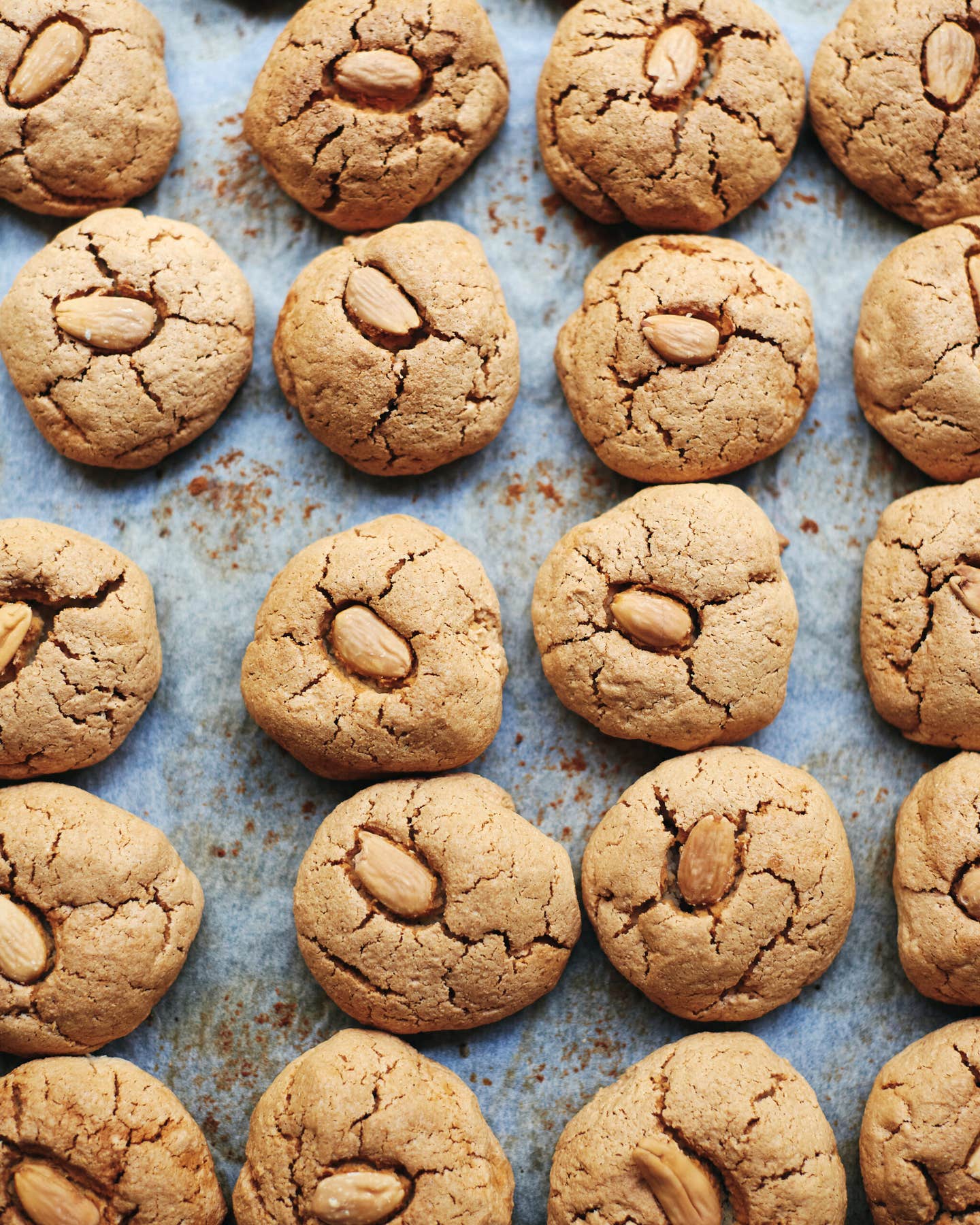
28 rue Pavillon,
04 91 33 65 20
David Journo has taken the reins at his grandfather’s bakery. Raised on the family’s fricasseés (fried bread stuffed with tuna, Tunisian salad, and harissa), almond macarons, brick à l’oeuf, and leblebi (chickpea soup)—not to mention Turkish delight and from-scratch orgeat made from sweet and bitter almond syrup—he continues the family legacy in the Jewish Tunisian tradition.
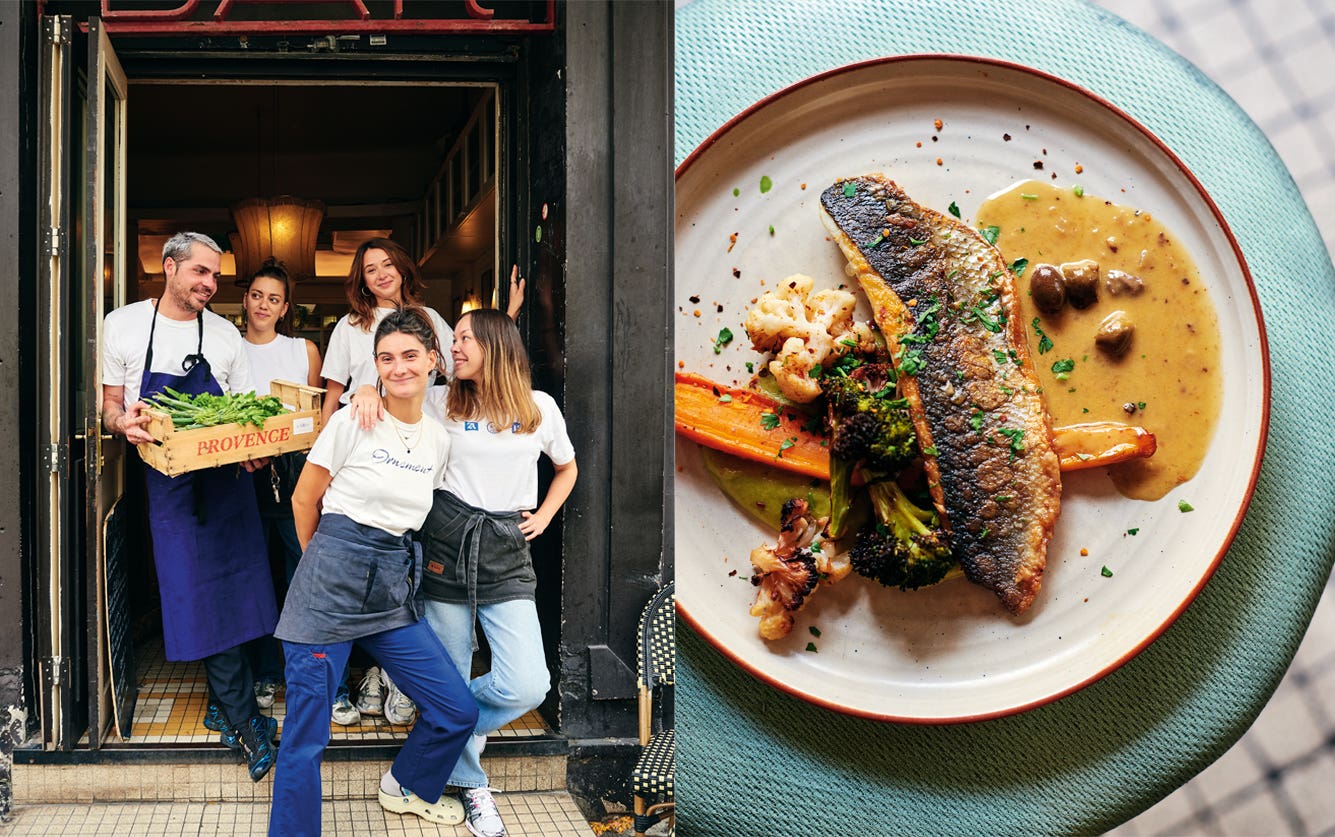
41 rue d’Endoume,
04 95 09 87 81
The real culinary muckety-mucks of Marseille are located in the 7th arrondissement in the Saint-Victor neighborhood. Duo Greg Hessman and Greg Mandonato bring the whole city to life at lunch and apéro time. Hurry there on Fridays for the aïoli (desalted cod and steamed green beans, carrots, and cauliflower, served with boiled eggs and garlic mayonnaise). Upstairs are two hotel rooms freshly designed by Maison Honoré. A marvel.
43 rue de Lorette,
04 91 54 76 33
Eighty years on, Étienne Cassaro’s pizzeria still stands tall. In the legendary dining room now run by Cassaro’s son Pascal in the middle of Le Panier, don’t miss the classic moitié-moitié pizza (half tomato-Emmental, half tomato-anchovy), fried supions (baby calamari) cooked with garlic and parsley, and eggplant parmesan. On the walls hang photos of the extraordinary Étienne and all of the famous guests who have passed through. —J.S.
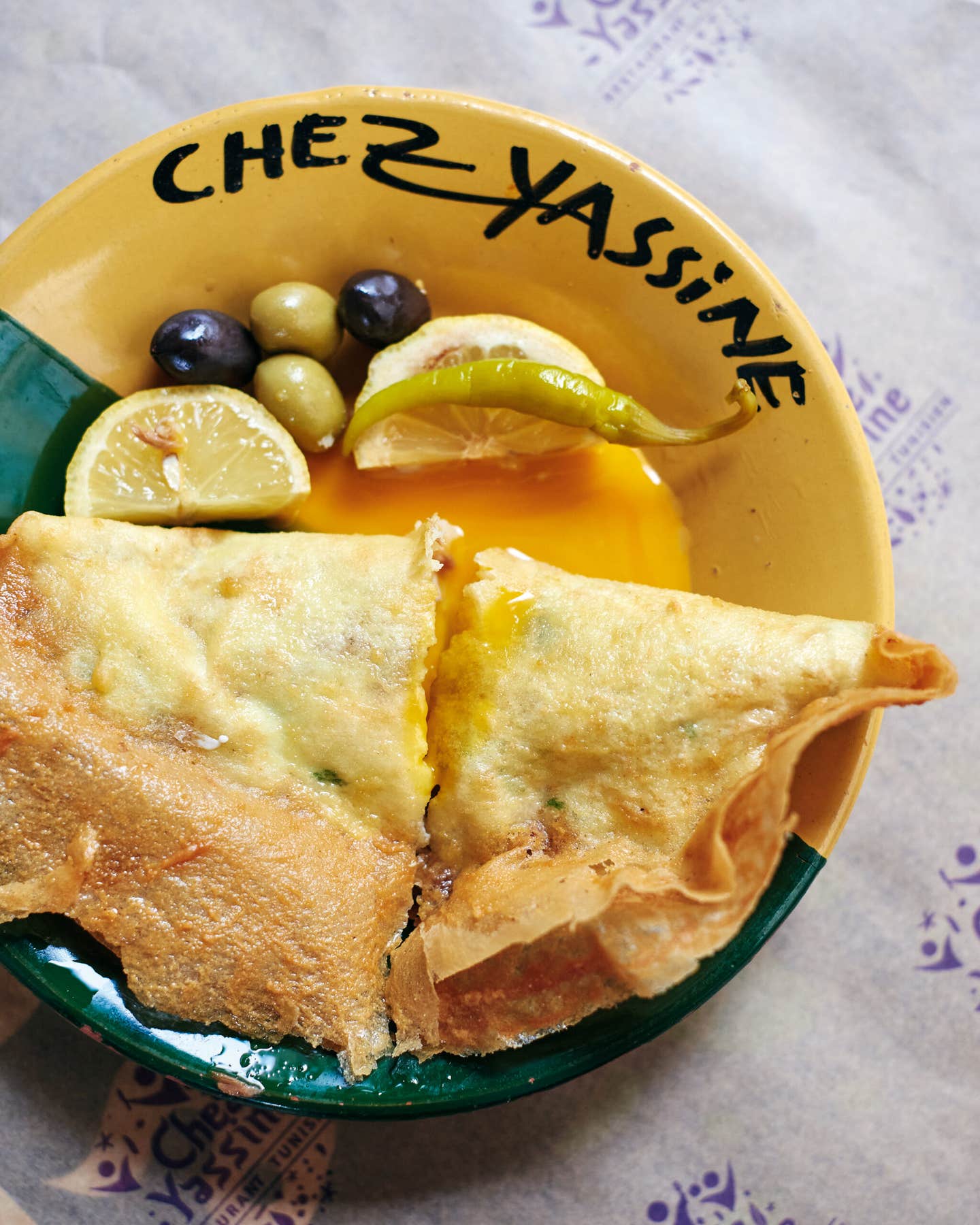
Where to Stay
Travelers eager to explore the North African melting pot neighborhood of Noailles will love this newly renovated mid-century modern hotel, whose ground-floor restaurant serves the original, cognac-spiked style of tapenade, believed to be invented on the premises in 1880.
A century-old Relais & Château stunner, this hotel houses a sensational three-Michelin-star seafood restaurant boasting sweeping Mediterranean views and a kitchen that works with more than 65 types of fish. Upstairs, spacious rooms feature deep-sink tubs and sleek wooden furniture.
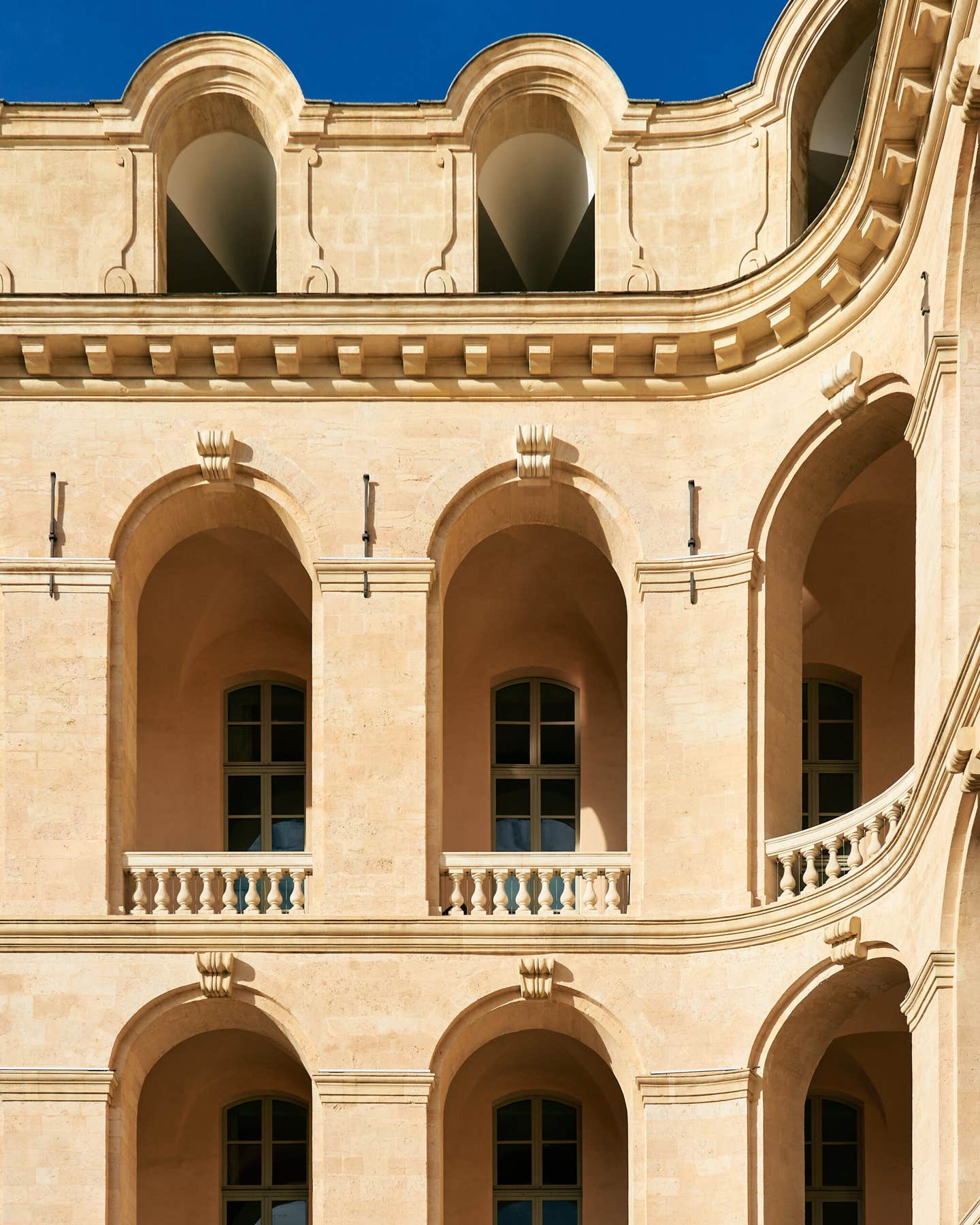
This stately grande dame with flags and manicured hedges out front has understated rooms with clean lines as well as more premium digs looking out over the Old Port. The terrace restaurant serves an exquisite pissaladière, Provence’s signature flatbread topped with anchovies, onions, and capers.
After a nine-month renovation that added six spacious guest rooms and an all-day café (where non-patrons are welcome to post up with a coffee and a pastry), this Belle Époque property recently reopened. Its location between Canebière and the Old Port can’t be beat. —B.K.
Essential Culinary Souvenirs
Olive growers of yore often left their harvest to ferment in jute bags, imbuing the oil with an earthy, chocolatey flavor that plays well with anchovies, tomatoes, and goat cheese. Few continue the tradition; this local producer is one of them.
Yotam Ottolenghi’s favorite small-batch chile paste, Tava, is made in Marseille and fragrant with Isfahan rose petals—a nod to the city’s history of North African influence. A little goes a long way, which makes the $9 price tag an absolute steal.
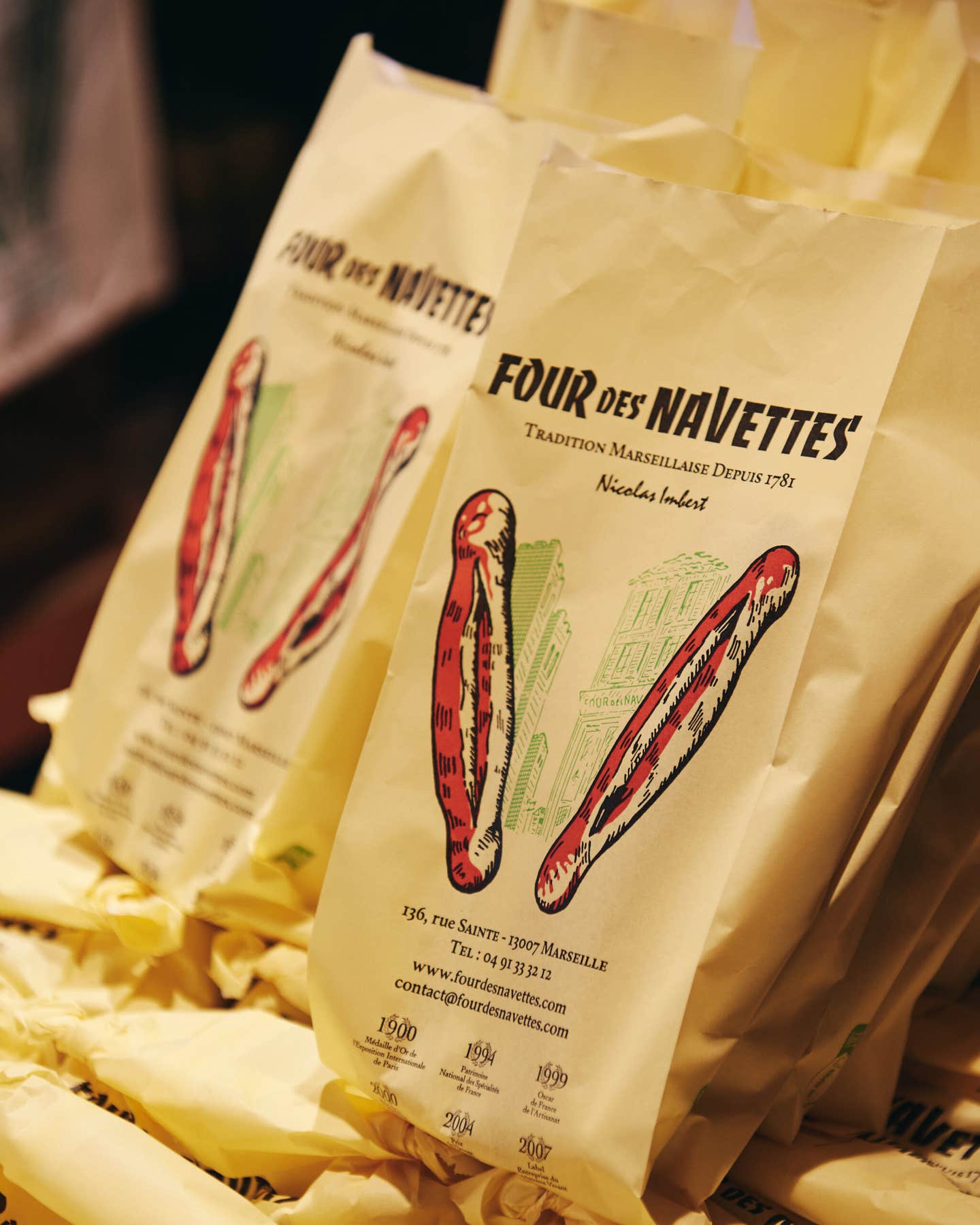
Perfumed with orange blossom water, these canoe-shaped cookies are the city’s signature sweet. They’re lovely alongside coffee or liqueur, and keep for weeks. The Corsican owners of this legendary biscuiterie bake theirs to a crumbly (read: less tooth-breaking) texture than their competitors across town at Four des Navettes.
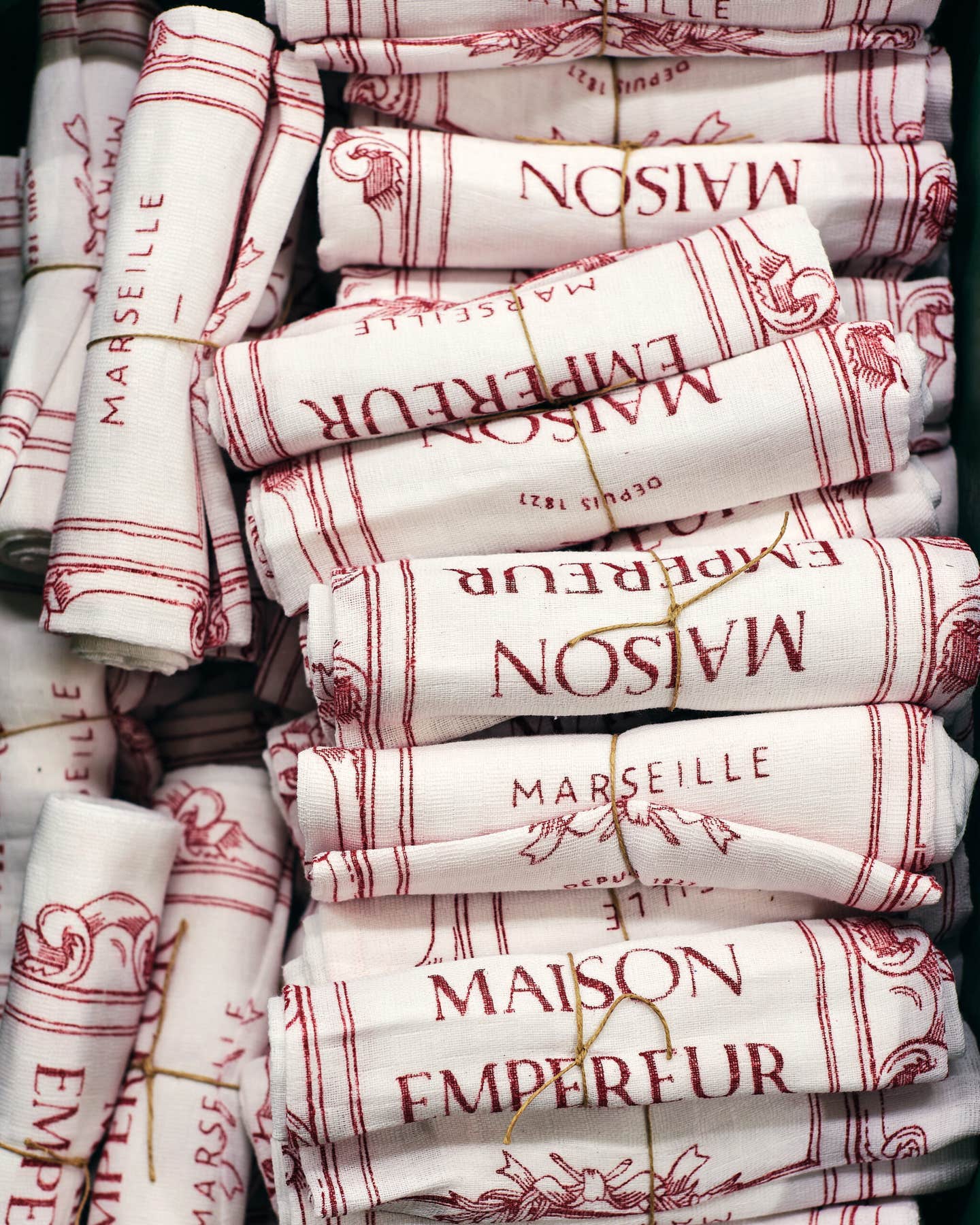
This wonderland of a kitchen store dates back nearly two centuries. Thiers knives, canelé molds, and earthenware cassoles are terrific buys, but far more affordable are these durable tea towels.
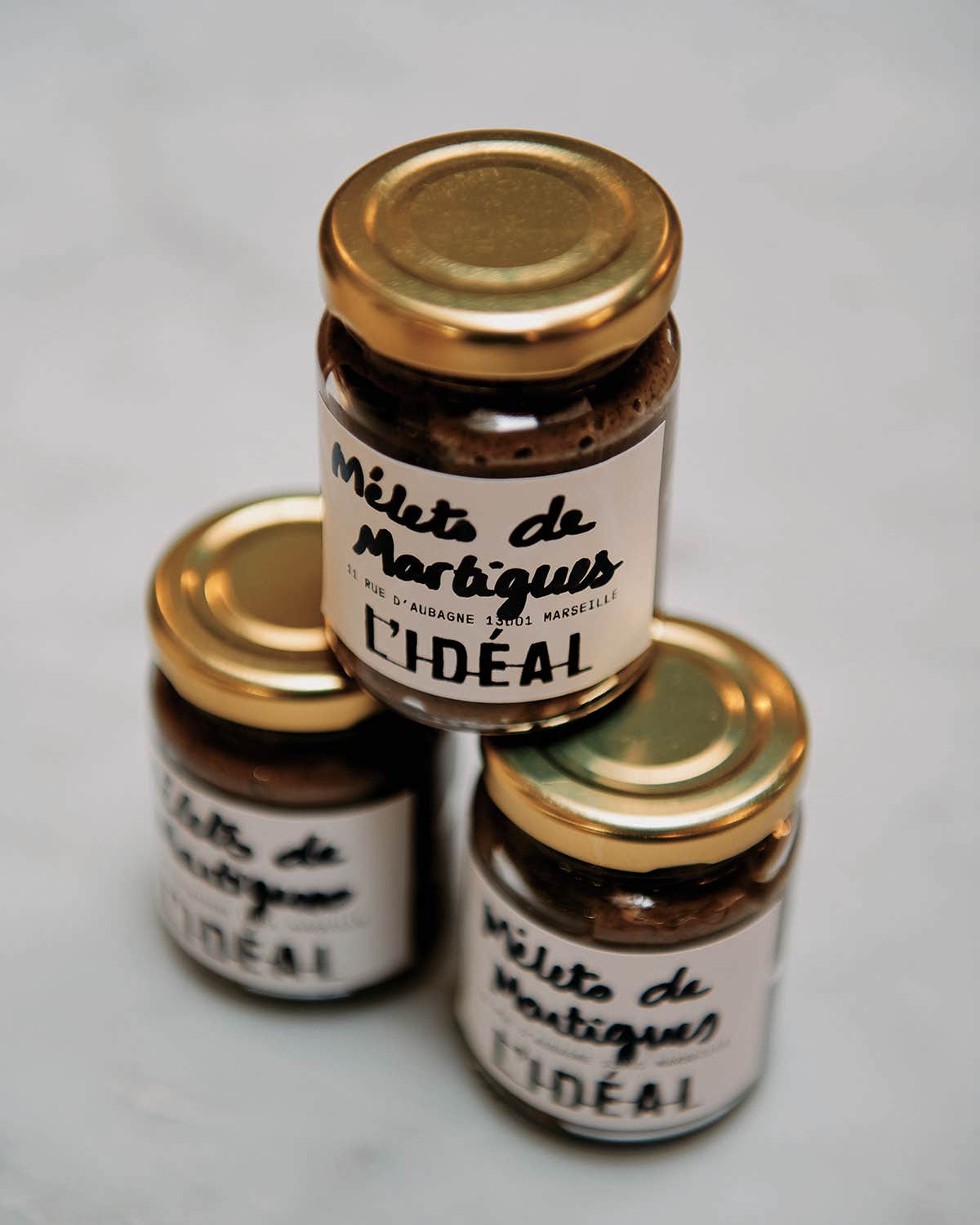
Mélets are an ancestral, garum-like condiment heady with fennel seeds made from fermented baby anchovies. Julia Sammut, of Épicerie L’Idéal, keeps her plug a secret (“If he quits, we’re dead!”). At the Épicerie, she serves it drizzled with olive oil as a dip for country bread, while at home, she likes whisking it with bread crumbs, olive oil, and lemon juice to make a quick bagna cauda sauce for pouring over broccolini and soft-boiled eggs.
Marseille’s anisey, milky-white tipple is a must-buy. One of the best, by Henri Bardouin, happens to be widely available (in France and the United States). It’s flavored with over 65 spices and herbs and has buoyant thyme and citrus notes.
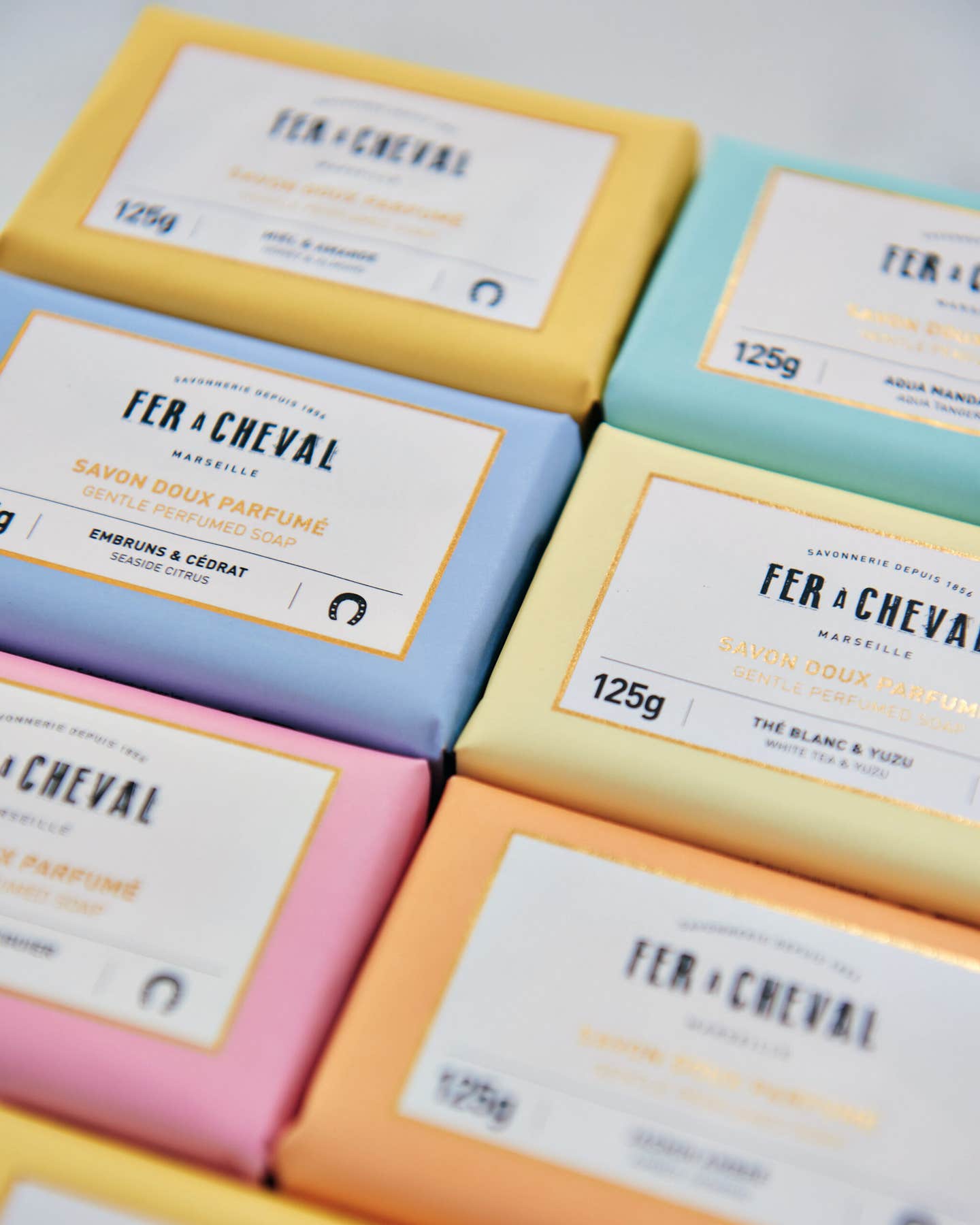
Olive oil-based Marseille soap, with its sage-green hue and rustic stamped insignia, doesn’t dry the skin, and can be used as a stain-busting laundry detergent. Founded in 1856, this local producer sells the real deal—no dyes, perfumes, or funny stuff.
This 300-page volume from Marseille-born filmmaker and journalist Vérane Frédiani is a gastronomical goldmine. Chef interviews tell the story of local bakeries and restaurants, while recipes for regional greatest hits—rouille, soupe au pistou, and more—let you bring the city’s flavors home. —B.K.
Keep Reading
Continue to Next Story









